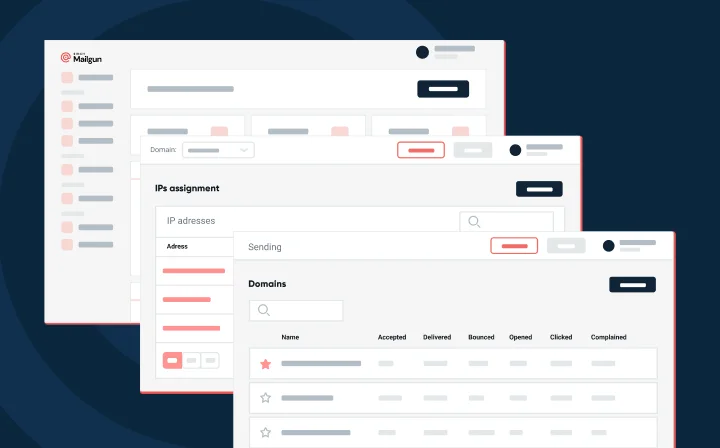Product
Inbox Placement: Delivery made simple

Product

In case you missed it, we publicly launched Inbox Placement! If you remember our post from a few months ago announcing the launch of the beta, we discussed how it works and how it helps predict deliverability problems and how it can better your email program.
After personally speaking with hundreds of customers in our beta test group, I wanted to share how they are using inbox placement to improve their overall email sending strategy.
But before we dig in, let’s explore what kind of senders we had in our beta.
There are several different types of senders who benefit the most from Inbox Placement. For starters, there are senders who know that their email program isn’t performing as it should, and they need something to point them in the right direction.
For example, if a sender has high delivery rates but poor engagement, inbox placement shows the sender just where those emails are being delivered to in the first place. It’s imperative for senders to know how well their emails are inboxing, as it can largely speak to their sender reputation and overall deliverability.
Other senders believe that they have amazing inbox placement rates, but simply don’t know how to read the room. Expert insights within the Inbox Placement tool give senders to areas in which they could improve such as reducing image sizes, proper feedback loops, and more.
Lastly, you have senders who genuinely have amazing deliverability and want to keep it that way, but need to stay on top of ISP algorithms. Ensuring you are placed into the correct inbox tab within Gmail could mean success or failure for your campaign, and it’s important to check on the health of your emails before your engagement rates take a dive.
No matter what your business use case may be, most if not all senders can find some use for inbox placement tests in their deliverability strategies.
The great thing about inbox placement is that it encourages senders to take a proactive approach with their deliverability. By conducting seed tests and reviewing the results you receive with Inbox Placement, senders are able to troubleshoot and solve delivery problems before sending a single email.
Seed testing allows you to test multiple times so that you can ultimately send without fear of going to the spam folder. That’s powerful stuff.
Because Inbox Placement is a proactive tool, it opens the door to interesting uses like iterative testing and periodic testing.
Iterative testing involves repeating several simple steps:
The idea is to iterate as many times as necessary until you are satisfied with your placement. Iterative testing is most likely the method to use if you are sending marketing related emails. For iterative testing, it’s best to utilize Mailgun’s control panel.
Periodic testing is simply testing the same email at different times, usually on a weekly or monthly cadence. This form of testing is important because while your email content may not change, mailbox providers are constantly changing their placement algorithms.
A good example of when to use periodic testing is when you want to check the overall health of any particular email. From time to time, you’ll want to check on an email to make sure it is still inboxing correctly. If an email that has historically landed in the Gmail Promotions tab ends up in the spam folder, it’s time to check your sending infrastructure and strategies.
This method of testing is typically reserved for transactional emails since they tend not to change much over time. If you want to go the route of periodic testing with inbox placement, we recommend using our inbox placement API.
We are thrilled to provide our Inbox Placement to everyone, and we think you’ll enjoy it as well. If you’re interested in using Inbox Placement, there are several ways you can get started. If you’re new to Mailgun, sign up below, and if you are an existing customer, simply upgrade your plan to foundation or higher. Unless of course, you already have one of those plans, in which case – happy inboxing!